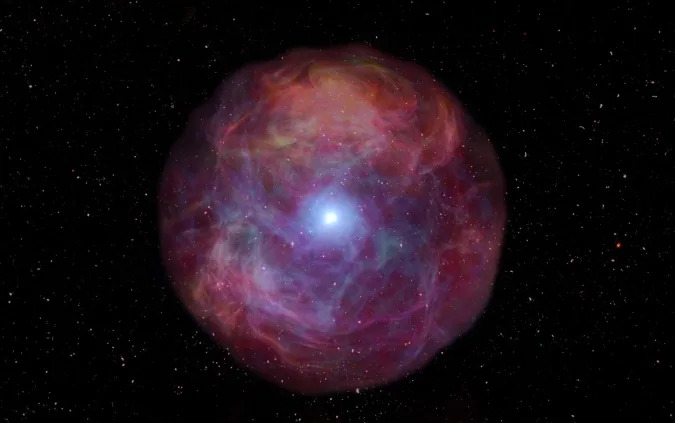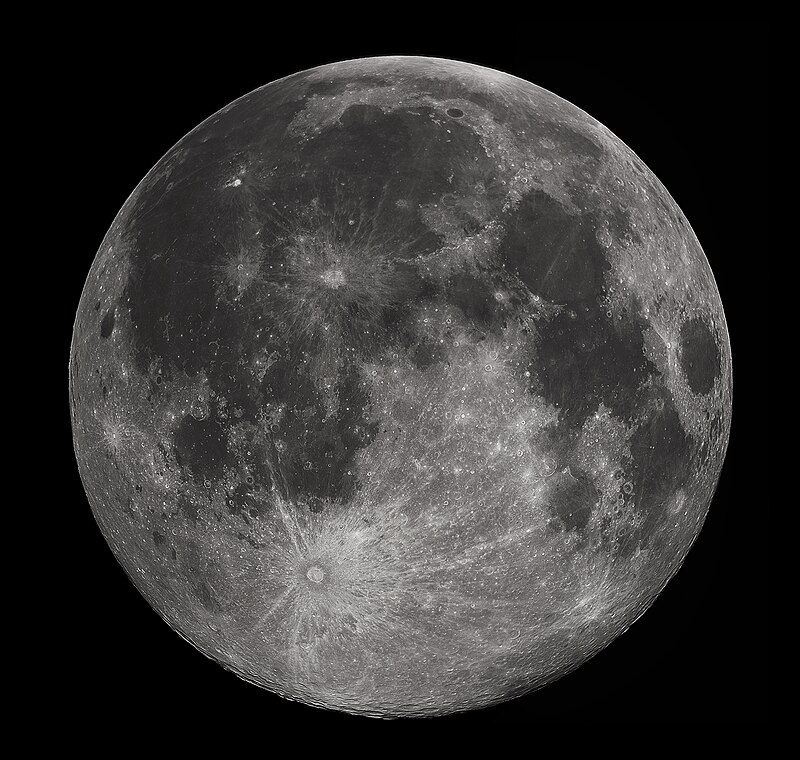
(Image Source: SETI Institute)
By Glenn A. Walsh
Reporting for SpaceWatchtower
LaserSETI - no, it is not the name of a new laser-light show at your local planetarium!
Last week, the SETI Institute announced a major expansion in their search for extraterrestrial life. LaserSETI will now use special facilities to search for possible laser beams originating from extraterrestrial civilizations.
SETI is best known for using radio telescopes to search for signals from alien civilizations. Using traditional telescopes to search planets in our Solar System, as well as exo-planets in other star systems, for possible life, has also been a strong research thrust of many astronomers, as well as SETI and NASA.
For the last 62 years, SETI, the Search for Extraterrestrial Intelligence, has primarily been scanning the sky for radio signals from other civilizations. With rare exceptions, there have been no evidence of radio communication or signals coming from other civilizations.
The strongest candidate for a possible radio signal from another civilization came on 1977 August 15, when the Ohio State University's Big Ear radio telescope received the fabled “WOW Signal.” Astronomer Jerry R. Ehman, a few days later, discovered the anomaly of a 72-second narrow-band radio signal in data he was reviewing. He was so impressed by the magnitude of the signal that he wrote “WOW” next to the signal on the computer print-out. Although many have tried to replicate this discovery, no one has been able to find the “WOW Signal” again.
While radio signals have been the primary form of wireless communication on Earth for the last century (101 years ago, radio station KDKA-AM in Pittsburgh became the world's first commercial, broadcast station), optical communication with lasers has become more practical and efficient for scientific purposes, including for computer communication.
It is now thought that advanced civilizations may also find optical communications as more practical and efficient. Hence, SETI is now expanding the search for alien communication into the optical spectrum.
As of last month, SETI has installed a new laser instrument, described as an expensive combination lens-camera-computer at the Haleakala Observatory, 10,000 feet above mean sea-level on a mountain on Maui, Hawaii. This instrument faces eastward.
Facing westward is an identical facility located at the Robert Ferguson Observatory in Sonoma, California. With both facilities, they can now scan a 150-degree arc of the sky, each night, at more than 1,000 times per second. The computer system filters the light, looking for laser-type signatures.
Eliot Gillum, principal investigator for LaserSETI, said it’s “a big step forward in searching for technosignatures,” and that it’s the “first project in either optical or radio astronomy designed to cover the entire sky.”
However, these two facilities are just the beginning. The long-range plan is to install a few more similar instruments on the other side of the world, to increase coverage of the night-time sky. The long-term goal is to scan the entire sky with several systems, radio, laser, and traditional telescopes, in all directions, 24-hours a day, 365 days a year.
It is very fortunate that laser detectors are relatively inexpensive. For many years now, SETI has had to do with only private donations, as government funding for SETI dried-up quite a while ago.
The Hawaii instrument only cost $100,831, which was raised from 531 people on a crowd-funding Internet web-site: Indiegogo. With the assistance of a small team, Eliot Gillum installed the facility himself, to save money.
Another approach to SETI could be to use infrared telescopes, similar to the the James Webb Space Telescope (JWST) that NASA launched last month. However, these are much more expensive; the JWST cost $10 billion! So, for now, SETI will have to let NASA handle infrared research.
Internet Links to Additional Information ---
SETI:
Link 1 >>> https://www.seti.org/
Link 2 >>> https://en.wikipedia.org/wiki/Search_for_extraterrestrial_intelligence
"WOW Signal": Link >>> https://en.wikipedia.org/wiki/Wow!_signal
Related Blog Posts ---
"Finally! Live-Stream: Christmas Launch of Next Great Space Telescope." (James Webb Space Telescope) Fri., 2021 Dec. 24.
Link >>> http://spacewatchtower.blogspot.com/2021/12/finally-live-stream-christmas-launch-of.html
"143 UFO Sightings, By U.S. Navy Pilots, Remain Unidentified." Mon., 2021 June 28.
Link >>> http://spacewatchtower.blogspot.com/2021/06/143-ufo-sightings-by-us-navy-pilots.html
"50th Anniversary: Kecksburg, Pa. "UFO" Incident." Wed., 2015 Dec. 9.
Link >>> http://spacewatchtower.blogspot.com/2015/12/50th-anniversary-kecksburg-pa-ufo.html
"Tue. Morning Fireball Over Pittsburgh Seen in Several States." Thur., 2015 Feb. 19.
Link >>> http://spacewatchtower.blogspot.com/2015/02/tue-morning-fireball-over-pittsburgh.html
Source:
Glenn A. Walsh Reporting for SpaceWatchtower,
a project of Friends
of the Zeiss
Thursday, 2022 January 27.
Like This Post? Please
Share!
More
Astronomy & Science News - SpaceWatchtower Twitter
Feed:
Link >>> https://twitter.com/spacewatchtower
Astronomy & Science Links: Link >>>
http://buhlplanetarium.tripod.com/#sciencelinks
Want to receive SpaceWatchtower blog
posts in your in-box ?
Send request to < spacewatchtower@planetarium.cc
>.
gaw
Glenn A. Walsh, Informal Science Educator &
Communicator:
Link >>> http://buhlplanetarium2.tripod.com/weblog/spacewatchtower/gaw/
Electronic
Mail: < gawalsh@planetarium.cc >
Project
Director, Friends of the Zeiss: Link >>> http://buhlplanetarium.tripod.com/fotz/
SpaceWatchtower
Editor / Author: Link >>> http://spacewatchtower.blogspot.com/
Formerly
Astronomical Observatory Coordinator & Planetarium Lecturer,
original Buhl Planetarium & Institute of Popular Science (a.k.a.
Buhl Science Center), Pittsburgh's science & technology museum
from 1939 to 1991.
Formerly Trustee, Andrew Carnegie Free Library
and Music Hall, Pittsburgh suburb of Carnegie, Pennsylvania.
Author
of History Web Sites on the Internet --
* Buhl Planetarium,
Pittsburgh: Link >>> http://www.planetarium.cc Buhl Observatory: Link >>> http://spacewatchtower.blogspot.com/2016/11/75th-anniversary-americas-5th-public.html
*
Adler Planetarium, Chicago: Link >>> http://adlerplanetarium.tripod.com
*
Astronomer, Educator, Optician John A. Brashear: Link >>> http://johnbrashear.tripod.com
*
Andrew Carnegie & Carnegie Libraries: Link >>> http://www.andrewcarnegie.cc

